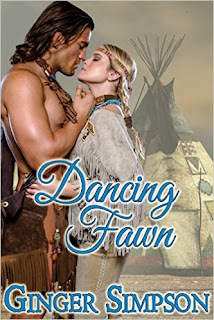 |
| Click here to buy from Amazon |
Am I allowed to laugh while at the festival of the dead?
They say Madness merely depends on which end of the knife blade you’re staring at, and who’s holding the gun to your head. Or so said my mother, before we lost her on that first night of our holidays. She’d taken up jogging the day before she disappeared and to this day we still don’t know where she is. I was ten at the time and had poked my head around the corner, everyone else was asleep. I asked her where she was going. Thinking it odd that she would be up by herself, getting dressed. She was crying and tried to hide her tears as I asked. She assured me everything was okay and as she patted my rear to the direction of my room, I remember seeing Dad staring through the partly open window of that Mexican beach house. He had a strange look on his face as Mom ran off and it wasn’t from Montezuma’s revenge either. I’ll never get adults; life as a kid seems so easy. Only mom never came back. I cried for days. Dad said she was just running. It took me many years to know from what. I always thought for years after that it was me.
They say Madness merely depends on which end of the knife blade you’re staring at, and who’s holding the gun to your head. Or so said my mother, before we lost her on that first night of our holidays. She’d taken up jogging the day before she disappeared and to this day we still don’t know where she is. I was ten at the time and had poked my head around the corner, everyone else was asleep. I asked her where she was going. Thinking it odd that she would be up by herself, getting dressed. She was crying and tried to hide her tears as I asked. She assured me everything was okay and as she patted my rear to the direction of my room, I remember seeing Dad staring through the partly open window of that Mexican beach house. He had a strange look on his face as Mom ran off and it wasn’t from Montezuma’s revenge either. I’ll never get adults; life as a kid seems so easy. Only mom never came back. I cried for days. Dad said she was just running. It took me many years to know from what. I always thought for years after that it was me.
My parents brought us here to see the
festival of the dead. I'd already guessed it wasn't going to be a happy
holiday. Solemn affair, everyone just hanging around waiting to see whose limb
falls off first. Some even tried placing bets, but all their credit cards had
been cancelled and the relatives had absconded with the money. But I thought
that's what wills were for. I'd already been to a couple of school sock hops
that should have been named the same.
Yes, Mexico. I did tell mom to make sure she
earns brownie points by telling everyone at the festival that she should buy
them a drink. Wouldn't cost much and even the zombies can't drink. Well, they
try but by the time the drink reaches their mouths they've either crushed the
glass or spilled it all over themselves. Oh and note to self, don't waste your best
jokes on zombies, they don't get it. Humor I've discovered is way beyond them. But yo-yos are another matter. Keeps them
entertained for days. Just watching the ball going up and down, up and down, up
and down and believe it or not, up and down. Don't think they get past the
string and realize there's someone at the end controlling it.
Yup, survival tip #101 when walking through
parts of town that are quite dodgy, "If attacked by zombies, whip out your
yo-yo, give it to someone with spasmodic seizures and run like hell".
PS. To all of those who are currently crying
into their hankies, Kleenexes or shirt sleeves, please don’t. Do remember this
is a blog written by a fiction writer. Hope that is a big enough hint. But if I
did get you crying, well I’ve done a good job as a writer at pulling emotion
out of the reader. Now if only I could predict lottery scores.
 |
| Available in Fall 2015 |


















